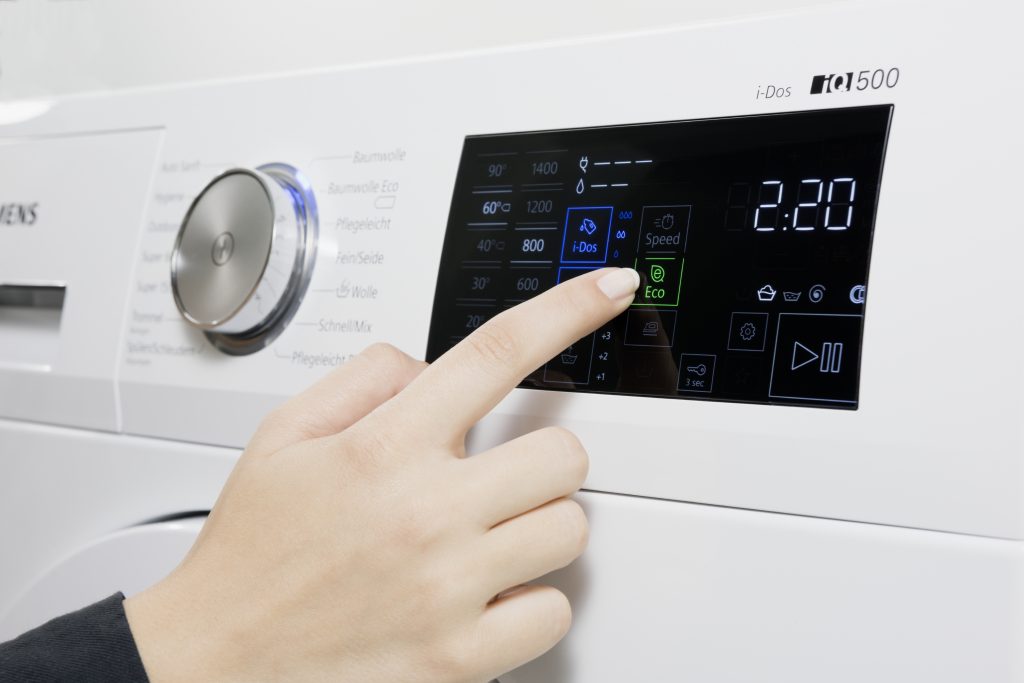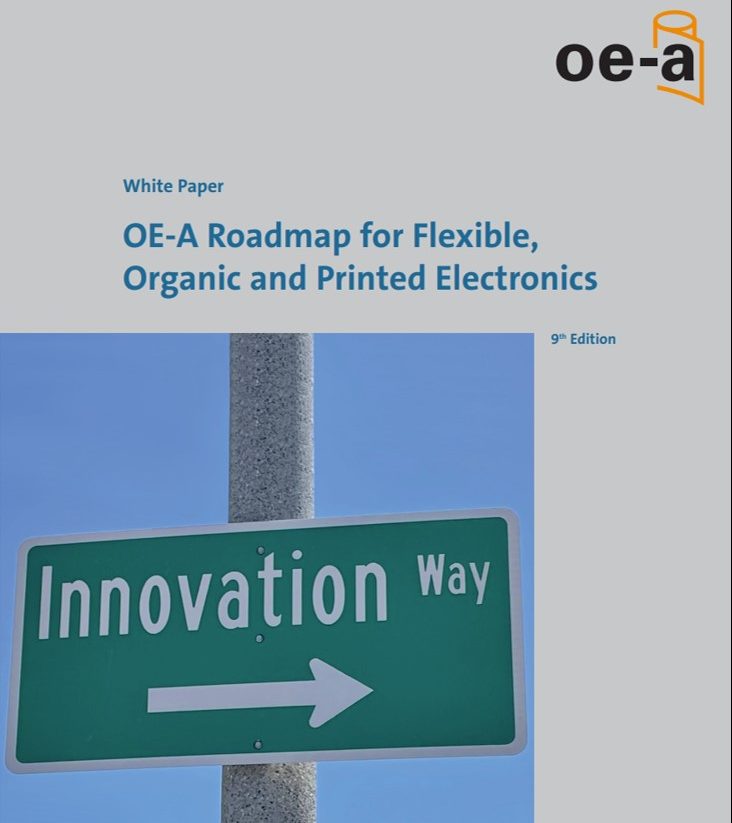Consumer electronics is currently one of the largest industries in which printed electronics is being applied. In this case, consumer electronics refers to both information and entertainment devices such as phones, computers, tablets, TVs and stereos, and to white goods such as refrigerators and washing machines. Printed electronics is changing the face of these products. OLED displays have dominated the smart phone market for some time already, and the number of OLED TVs being purchased is growing rapidly. Flexible and conformable displays are already commercial, e.g. in wearables, including active display watchbands and non-planar OLED TVs as well as some models of smart phones. Electrophoretic displays, apart from eReaders, are used in many mobile devices as a low-power secondary display to show important notifications or messages. Smart phones with foldable displays to enable a display larger than the device itself have been commercialized recently and even the market entry of a rollable OLED TV is expected soon. White goods are becoming more intelligent, and a key part of this is enabled by printed electronics through the introduction of touch sensitive and functional surfaces, sensors and improved displays.
Application Examples

OLED TV
Currently, OLED displays are the main market driver for organic and printed electronics. Superior contrast and energy efficiency make this flexible display technology very beneficial.

Human Machine Interface
Intuitive touch control panels simplify the interaction with machines. Merging of production steps and integration of functions into one part are made possible by printed electronics.

Flexible Displays
Organic and printed Electronics enable revolutionary devices with flexible and foldable displays. Smartphones can be unfolded to form a tablet when necessary.





